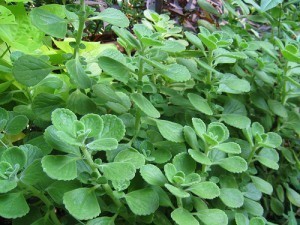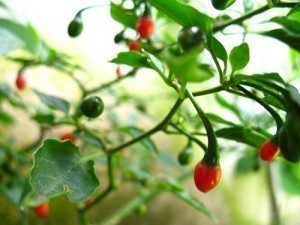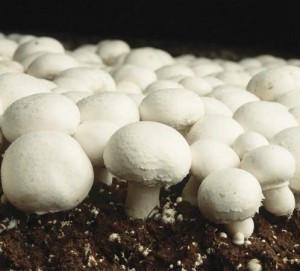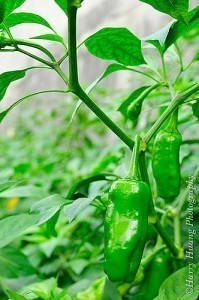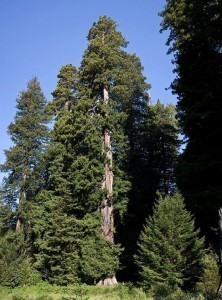Largest Plant
The aspen (Populus tremuloides) is the largest plant in the world. The aspen produces ramets or stems linked to one root. It covers an area measuring 43 hectares (110 acres / 0.43 sq km). It is located in Wasatch Mountains, Utah, USA. It is known as “Pando”. It weighs six million kg.
Biggest Flowering Plant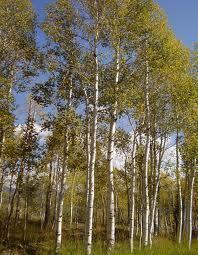
The biggest is Eucalyptus regnans, which grow to as high as 99.6 m (327 ft). Another candidate for the largest plant in the world is Posidonia oceanic. Located in the Balearic Islands of Spain, it is said to be 8 km (4.3 mi) long. All DNA samples taken so far suggest it is a single organism, but more tests still need to be done.
The Biggest Flower
The Rafflesia arnoldii species can have a diameter up to 1 m (3.3 ft). It can weigh 11 kg (24 lb). The biggest unbranched inflorescence is the Titan Arum. The organism can reach a height of 3 m (10 ft). The biggest inflorescence is the Talipot palm (Corypha umbraculifera). It can reach a height of 8 m (26.5 ft).
Other Plant Size Records
A seaweed located at the northwestern Pacific is said to measure 60 m (200 ft). The biggest liverwort is Schistochila appendiculata. A species in New Zealand has a 10 cm (4 in) long stem with a diameter of 2.5 cm (1 in).
Largest Trees
The Giant Sequoias (Sequoiadendron giganteum) are the biggest trees in the world. The largest is the General Sherman tree with a volume of 1,489 m3 (52,600 ft3. The Coast Redwood (Sequoia sempervirens) is smaller in volume, but it is taller at 115.55 m (379.1 ft).
Definition and Classification
Plants are organisms classified under the kingdom Plantae. In the broadest sense, it includes green algae, mosses, ferns, vines, grasses, bushes, herbs and trees. The study of plants is known as botany. Currently, over 350,000 species have been identified.
The Greek philosopher Aristotle classified all living things as either an animal (moving to get food) and plants (usually do not move).
Linnaeus classified them as Animalia (also called Metazoa) and Vegetabilia (Metaphyta or Plantae). This classification placed fungi under the plant kingdom. Scientists now place fungi under a separate class.
Studies on determining the largest plant in the world do not usually include fungi. As stated, they now belong to a separate kingdom. But if they are included, the biggest would be the Armillaria solidipes in Malheur National Forest in Oregon. It measures 8.9 sq km.
